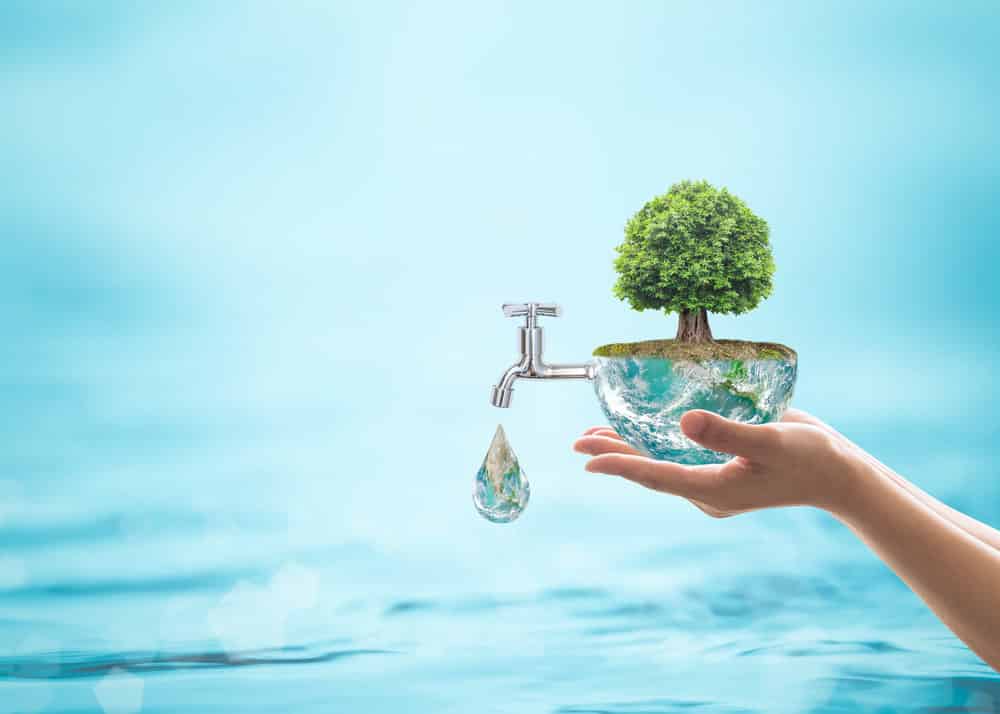4 Things to Know About Water-Saving Faucets
 What’s the first thing that pops into your mind when you hear expressions “low-flow” or “water-saving” fixtures and faucets? Probably low water pressure and insufficient flow that ruins the feeling of washing your hands or having a shower. However, as many among Yorba Linda’s most experienced plumbers will tell you, there’s more to these types of faucets than meets the eye, and they’re a far better choice for homes and offices than you might think.
What’s the first thing that pops into your mind when you hear expressions “low-flow” or “water-saving” fixtures and faucets? Probably low water pressure and insufficient flow that ruins the feeling of washing your hands or having a shower. However, as many among Yorba Linda’s most experienced plumbers will tell you, there’s more to these types of faucets than meets the eye, and they’re a far better choice for homes and offices than you might think.
What should I know about water-saving faucets?
The main distinction between standard and water-saving faucets is that the latter preserve certain amounts of water during each use without overly changing the entire experience of using them. However, this represents only the most basic surface explanation of what these faucets represent. Here are several details that best describe why they’re becoming popular:
Less water isn’t less pressure
As we’ve already mentioned, the first association with low-flow faucets is poor water pressure and feel. How can you even begin to think about enjoying a relaxing shower with a water-saving shower head. However, the reality is that the sensation is not that unlike a regular shower.
Sure, there’s going to be less water coming out of the shower head, but that doesn’t mean you won’t feel the pressure of the water against your skin. In fact, there are water-saving shower heads that can provide a very invigorating blast of water. Something to think about when considering a transition to low-flow faucets.
Low-flow toilets offer excellent savings
Regular toilets waste the most amount of water within a single day. EPA estimates that old toilets use as many as 6 gallons of water per every flush. In comparison, low-flow toilets use far less, as little as 1.5 gallons of water per every flush. This means that a water-saving toilet really justifies its name.
And all that without the constant need for plunging that came with original low-flow toilets. Modern solutions offer savings without sacrificing any of the functionality. There are two main types of water-saving toilets, gravity flow and pressure assist, so it’s up to you to make your choice based on your exact requirements.
Water-saving fixtures undergo stringent testing
The Environmental Protection Agency has very high standards when it comes to classifying a fixture or a faucet as water-saving. To earn EPA’s WaterSense label, a product has to conform to the following standards:
- Low-flow shower heads mustn’t use more than 2.0 gallons of water per one minute of continual water flow.
- Low-flow sink faucets mustn’t use more than 1.5 gallons of water per one minute of water flow.
- Low-flow toilets have to use no more than 1.5 gallons of water per flush.1
Savings are more substantial than you think
Believe it or not, the Environmental Protection Agency estimates that you can save as much as $170 every year in water costs by switching to water-saving fixtures and faucets. Also, this helps you make your home a lot more environmentally friendly and sustainable.
Who Yorba Linda’s reputable plumbers can help me choose & install a water-saving faucet?
 Water-saving faucets are one of the fixtures you should definitely consider when looking for the right type of faucet to install in your home or office. On the other hand, if you’re looking to upgrade the shower heads in your property, it’s important to know what to look for, as well as look into the history and the current trends in shower head design. This way, you’ll get a better sense of what you should buy and why.
Water-saving faucets are one of the fixtures you should definitely consider when looking for the right type of faucet to install in your home or office. On the other hand, if you’re looking to upgrade the shower heads in your property, it’s important to know what to look for, as well as look into the history and the current trends in shower head design. This way, you’ll get a better sense of what you should buy and why.
However, if you lack the experience or the time to explore all the available options and make an informed decision on your own, you can always turn to OneStop Plumbers. We’re here to help you choose the fixtures you need and then perform the installation or replacement per best industry practices. It doesn’t matter if your home or office is near Featherly Regional Park or another location, you can count on our assistance. Give us a call today!
